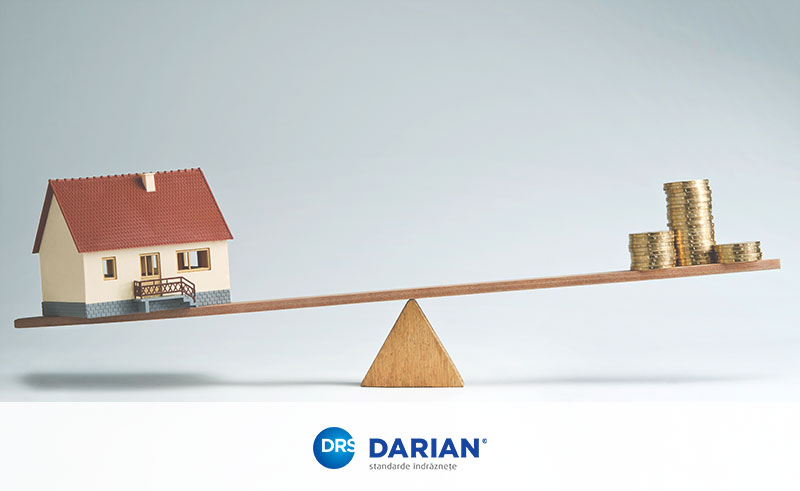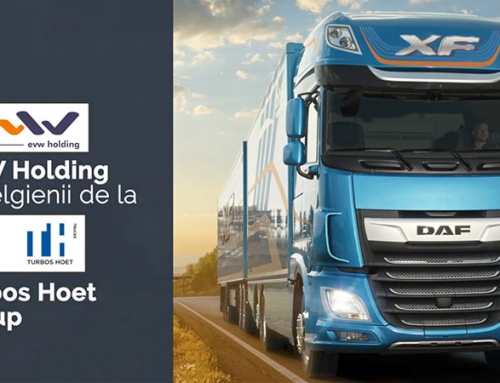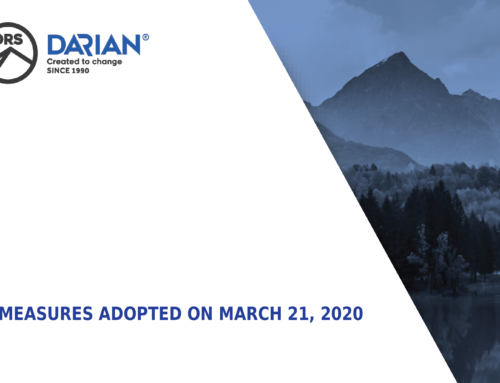When it comes to real estate selling (building/ land/ building and related land), it is recommended to make an in-depth analysis of the applicable legal provisions, so that the value added tax (VAT) treatment to be applied correctly, and, at the same time, to have the documents that shall be requested within a tax audit for justifying the VAT treatment.
Legal provisions
Regarding the VAT treatment applicable to real estate selling, we note the fact that in accordance with the provisions of art. 292, para. (2), letter f) from the Tax Code, the general rule is that the delivery of a property (a construction or a part thereof or a land) is exempt from VAT. With that being said, the VAT exempt is not applicable in the case of delivering a new construction or a land available for construction.
According to the Tax Code, the following constructions are classified as new constructions:
1. Constructions or part thereof that are delivered at the latest until the 31st of December of the year following in which the final protocol for the completion of the works was signed and stamped for the respective construction or for a part thereof;
2. The construction transformed or a part thereof, the delivery of which takes place at the latest until the 31st of December of the year following in which the final acceptance was signed, and the transformation cost is at least 50% of the construction’s value of part thereof, exclusively the value of the land, subsequent to the transformation, the value of the construction is defined as:
- the value registered in the accounting books, in the case of persons that do not apply the evaluation method based on cost according to the International financial reporting standards;
- the value established by an evaluation report in the case of other persons.
In the case in which only a part of the construction is disposed of, and its value and of the related improvement cannot be determined based on accounting data, these shall be determined based on an expertise/evaluation report.
Separately, according to the Tax Code, the qualification of a level land as a land available for construction assumes the possibility of executing a construction on that land parcel. The nature of the land results from its urbanism certificate.
In the context in which the construction and the land on which the construction is erected form only one real restate property, identified by only one cadastral number, the VAT treatment shall be established based on the value of the respective elements, as follows:
1. If the value of the land is higher than the value of the construction, the VAT regime applicable to the entire body shall be the one applicable to the land. As a consequence, if the land is available for construction, the entire transaction shall be taxable.
2. If the value of the construction is higher than the value of the land, the VAT regime applicable to the entire body shall be the one applicable to the construction. As a consequence, if the transaction is not qualified as being new, the entire transaction shall be exempt from VAT, thus, the transaction shall be taxable.
3. If the value of the land is equal to the value of the construction, the VAT regime applicable to the entire body shall be the one applicable to the part that has a bigger surface. When the comparison between the surface of the land and the surface of the building shall be made, the spread area of the building shall be taken into account.
With that being said, the Tax Code offers the possibility for the VAT exempt transaction to be taxable by operation of law, voluntarily, with the condition for it to be notified to the competent tax authorities. At the same time, the Tax Code provides that for these situations in which the selling of a land and/or construction is taxable by operation of law or voluntarily, simplification measures can be applied, respectively it shall be achieved by applying the mechanism of reverse taxation according to art. 331, para. (2), letter g) of the Tax Code.
Practical aspects
Regarding the VAT treatment applicable to the delivery of the construction, even if it cannot be qualified as a new construction, the translation can be exempted of VAT, if the owner deducted VAT at the acquisition/construction of the building or achieved works of modernization/transformation of the construction for which it deducted VAT, it is very likely in practice to opt for the taxation of the transaction, with the aim of avoiding the VAT adjustment deducted previously regarding the respective construction.
If the buyer is the person identified for VAT purposes the mechanism of the reverse taxation, can be applied, which assumes that the seller shall issue an invoice without VAT with the mention “reverse taxation”, while the buyer shall keep the related VAT as collected tax, as well as deductible tax. Thus, even if the transaction is taxable from the VAT perspective (by operation of law or voluntarily), by applying simplification measures, the cash-flow shall not be affected from the VAT perspective.
If the buyer is not identified for VAT purposes, the mechanism of the reverse taxation the mechanism of the reverse taxation can be applied, which assumes that the seller shall issue an invoice without VAT with the mention “reverse taxation”, while the buyer shall keep the related VAT as collected tax, as well as deductible tax. Thus, even if the transaction is taxable from the VAT perspective (by operation of law or voluntarily), by applying simplification measures, the cash-flow shall not be affected from the VAT perspective.
If the buyer is not identified for VAT purposes, the mechanism of the reverse taxation cannot be applied.
Separately, we note the fact that for the correct determination of the value or areadifference between the land and the building, an authorized independent valuator is necessary in order to confirm the values and the area by a written report. Within a tax inspection, the tax authorities shall perform the verification of the VAT treatment applicable to the transaction of selling the building and the related land based on the evaluation report.
In conclusion, in the case of real estate sale, the VAT treatment applicable to each transferred element (building/ land/ building and related land) has to be analysed, following that in the case of selling a building together with the related land to determine the proportion between values of the two, the VAT treatment being the one of the elements that has the highest value. As documentation, the recommendation is to have available the evaluation report that shall attest the value of the building, respectively of the land, as well as any other documents that can justify the VAT treatment in the specific situation (meaning the delivery protocol of the property, in order to determine if it is a new construction, the accounting data from which to determine the value of the transformation or the evaluation/expertise report, depending on the case).
Article published first on Avocatnet.ro.



Suntem soluția eficientă în oferirea de servicii complexe de evaluare și consultanță pentru clienții corporativi. Echipa noastră de specialiști asistă clienții în soluționarea diverselor spețe cu impact fiscal.






